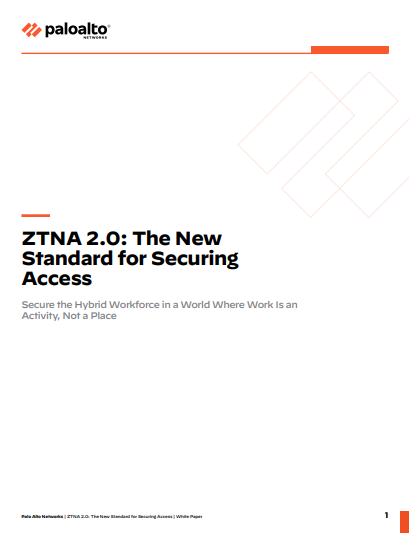
ZTNA 2.0:The New Standard for Securing Access

The past two years have dramatically changed all aspects of how and where we now work. Initiatives that were already underway, such as working remotely and cloud transformation, were suddenly and deliberately accelerated to accommodate our new realities. We now work in a world where work is no longer a place we go. Instead, it’s something we do.
As a result, the attack surface has increased exponentially, with many architectures now supporting direct-to-app connections versus backhauling traffic to data centers.
What’s more, legacy remote access architectures further complicate the situation by providing too much access with little to no threat or vulnerability detection, leaving privileged resources vulnerable to user account compromise.
At the same time, we are seeing a dramatic increase in the volume and sophistication of cyberattacks. Ransomware operators have been especially busy during the pandemic, realizing lucrative returns from their exploits.
It’s clear the legacy approaches for secure remote access and out-of-date architectures—like the initial iteration of Zero Trust Network Access (ZTNA)—are not able to handle the onslaught of new and increasingly sophisticated attacks across our exploding attack surfaces.